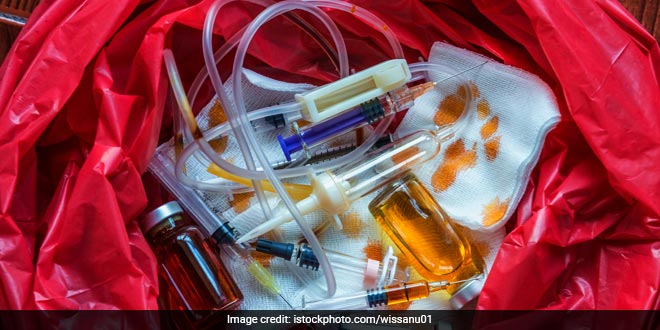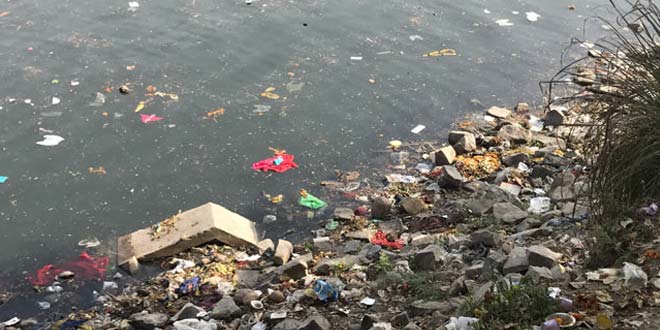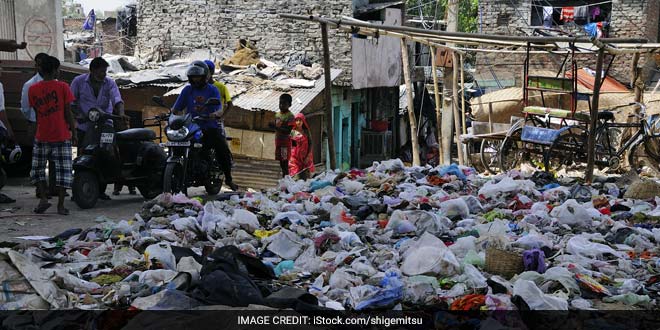
Gurugram, despite its plush offices and buildings, failed to rank among the top 100 clean cities in India

Apart from industries, the National Green Tribunal has said that housing societies and residential colonies need to have sewage treatment plants work within the prescribed parameters,...

43,936 industries in India generate over 70 lakh tonnes of hazardous waste annually but is India equipped to deal with this?

Currently the Construction and Demolition (C&D) waste is either duped onto landfills along with other waste or gets disposed of on the roadside

As per a plea filed by a Delhi resident, the Institute of Human Behaviour and Allied Sciences doesn’t have any proper waste treatment facilities which has...

Delhi is India’s second biggest generator of e-waste, generating about 98,000 tonnes annually, setting up of collection centres will be highly help in tackling the e-waste...

Half of Delhi’s daily wastewater produce of 3,800 million litres goes into the Yamuna, resulting in the current polluted state of the river

Ragpickers across India work without any job security, salary and dignity and are also exposed to adverse health effects like infections, respiratory diseases and tuberculosis

The National Green Tribunal was hearing a plea alleging that power distribution companies are violating the e-waste rules by disposing effluents from their premises

The Centre for Science and Environment's analysis on the Swachh Survekshan 2017 says that the survey prefers cities with centralised waste management systems. This, however, has...

At present, 823.1 million litres per day of untreated sewage flow into the river and three of the four monitored Sewage Treatment Plants are non-compliant with...

According to the figures given by National Green Tribunal, Ramganga, a tributary of Ganga receives 128 tonnes of Biochemical Oxygen Demand per day against the permissible...